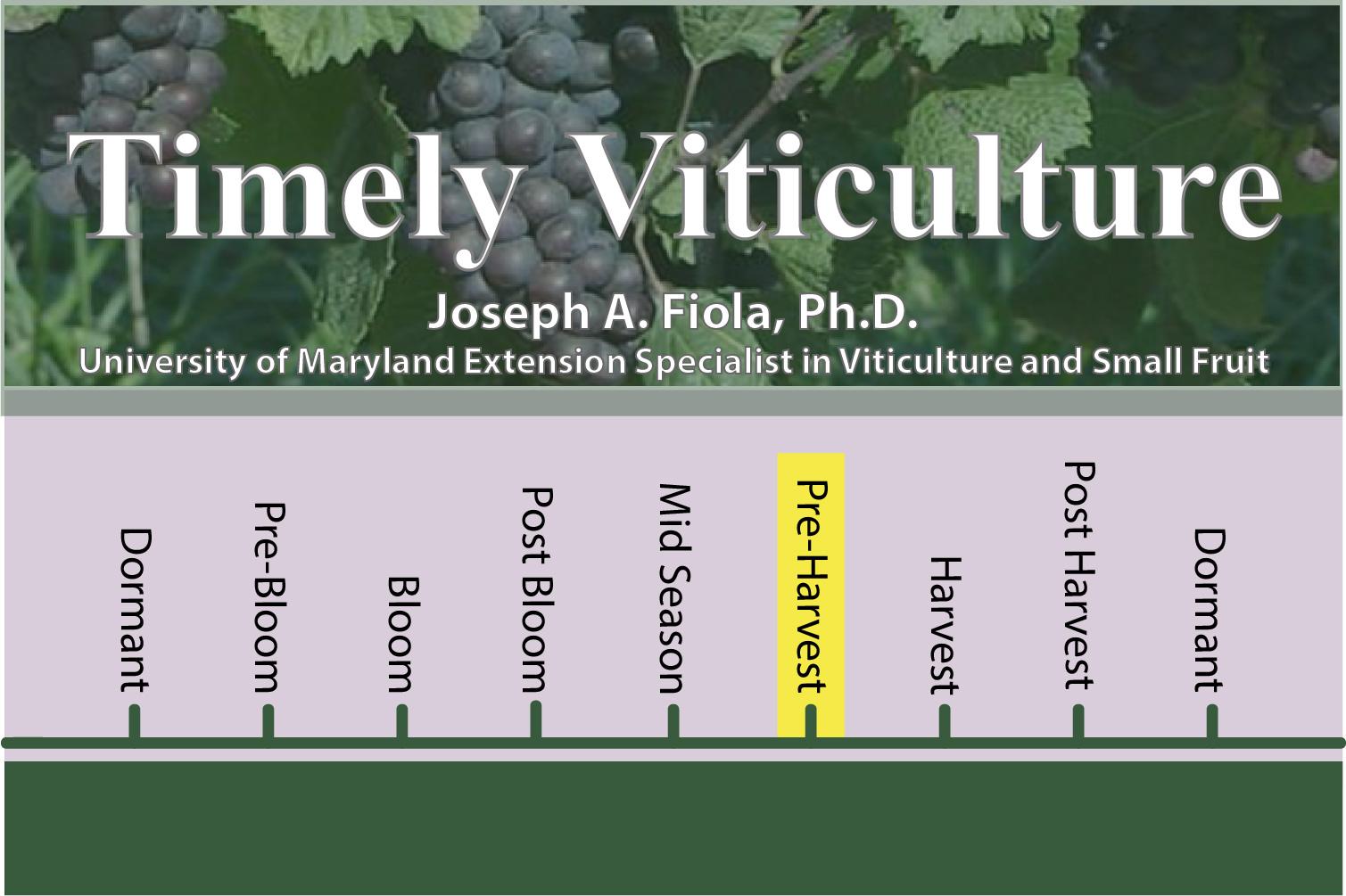Crop Development Sampling
It is critical to properly monitor and assess fruit maturity characteristics to make the appropriate management, harvesting, and winemaking decisions to produce the best quality grapes and wine possible. The first step to assessing ripeness and quality is to take a proper sample that best represents the actual ripeness stage of the cultivar in that block of the vineyard. The best way to achieve this is to collect a sample that is random, unbiased, and representative.
Size of sample
- Samples may consist of individual berries or whole clusters; either way, careful attention must be given to obtain a truly representative sample.
- The greater the number of berries/clusters in the sample, the more representative the sample.
- To be within +/- 1.0° Brix, you need a sample of 200 berries.
- To achieve +/- 0.5° Brix, samples of 500 berries are required.
- If you are cluster sampling, 10 clusters are needed to be with +/- 1.0° Brix of actual.
- Sample size should be related to the size of the block and most importantly to the degree of variability within the block.
- Vineyards with a high degree of variability require sampling a larger percentage of the vines to obtain a representative sample.
Considerations for collecting a representative sample
- Sample the berries for sugar during cool mornings, since sugar levels of grapes collected in the heat of the day will register artificially high.
- Avoid sampling during or just after a rain, dense fog, or dew, which can produce diluted values.
- The maximum sample area should be < 2A.
- The larger the area the larger the sample should be.
- Avoid edge rows and the first few vines in the row.
- Sample each cultivar in each block separately.
- Independently collect samples from any sub-blocks that will be harvested separately (clones, rootstocks, soil/topography changes, logistics, etc.)
Note: About 90% of the variability of the readings during berry sampling comes from variation in the position of the cluster on the vine and the degree of fruit exposure in the canopy.
- For each row, estimate the proportion of shaded vs. exposed clusters and collect samples from each group proportionately.
- Collect samples from both sides of the vine proportionately.
- Secondary clusters, diseased and sunburned fruit should be included in the sample (in the appropriate proportions) if they will be harvested and processed along with the rest of the crop.
- Sample no more than one berry per vine.
- Sample berries from the top, middle, bottom, and all sides of clusters.
- The most consistent sampling is when the same person does the sampling each time.
- Keep the samples cool and process them as soon as possible.
Other considerations
- Depending on the stage of ripeness, blocks are sampled every second to the third week and more intensively as harvest approaches.
- pH, titratable acidity (TA), and Brix are the typical “objective” measurements practiced.
- When selling the fruit to a winery, always communicate with the winery as to the type and frequency of sampling preferred.
- Based on a properly obtained and evaluated sample, appropriate decisions can be made for harvest timing for attaining the desired wine style.
- For additional information on grape sampling, evaluation, and harvest priorities, please see the following Timely Viticultures:
Timely Viticulture is designed to give those in the Maryland grape industry a timely reminder on procedures or topics they should be considering in the vineyard.
